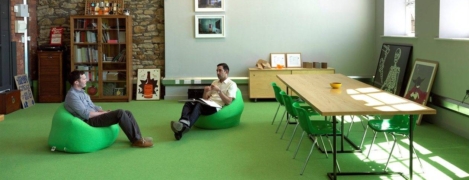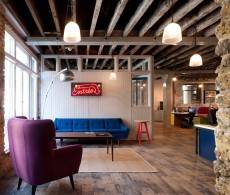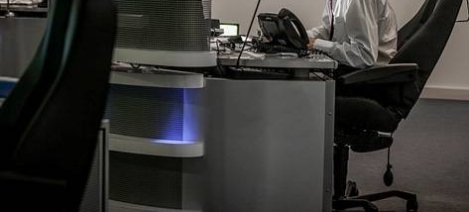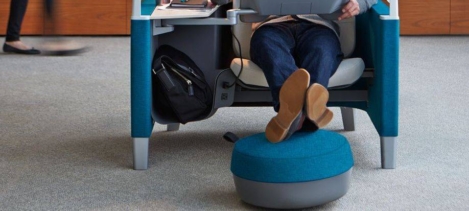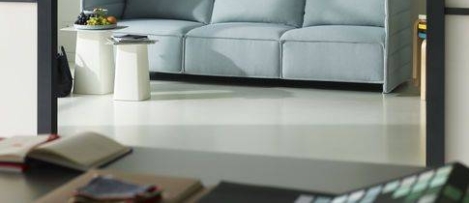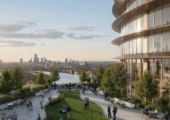June 25, 2015
The healthy workplace is now a matter of public policy in the UK
 Promoting a culture that improves the health and wellbeing of employees is good management practice and leads to a healthy and productive workplace, according to the Governmental body charged with shaping policy and offering advice on health related matters in the UK. The National Institute for Health and Care Excellence (NICE), part of the Department of Health, has published a new set of guidelines on the issue and called on employers to do more to address the challenge of creating a productive and healthy workplace. According to NICE, workplace health is a significant public health issue with more than a million working people in the UK experiencing a work-related illness each year, leading to around 27 million lost working days and costing the economy an estimated £13.4 billion.
Promoting a culture that improves the health and wellbeing of employees is good management practice and leads to a healthy and productive workplace, according to the Governmental body charged with shaping policy and offering advice on health related matters in the UK. The National Institute for Health and Care Excellence (NICE), part of the Department of Health, has published a new set of guidelines on the issue and called on employers to do more to address the challenge of creating a productive and healthy workplace. According to NICE, workplace health is a significant public health issue with more than a million working people in the UK experiencing a work-related illness each year, leading to around 27 million lost working days and costing the economy an estimated £13.4 billion.











